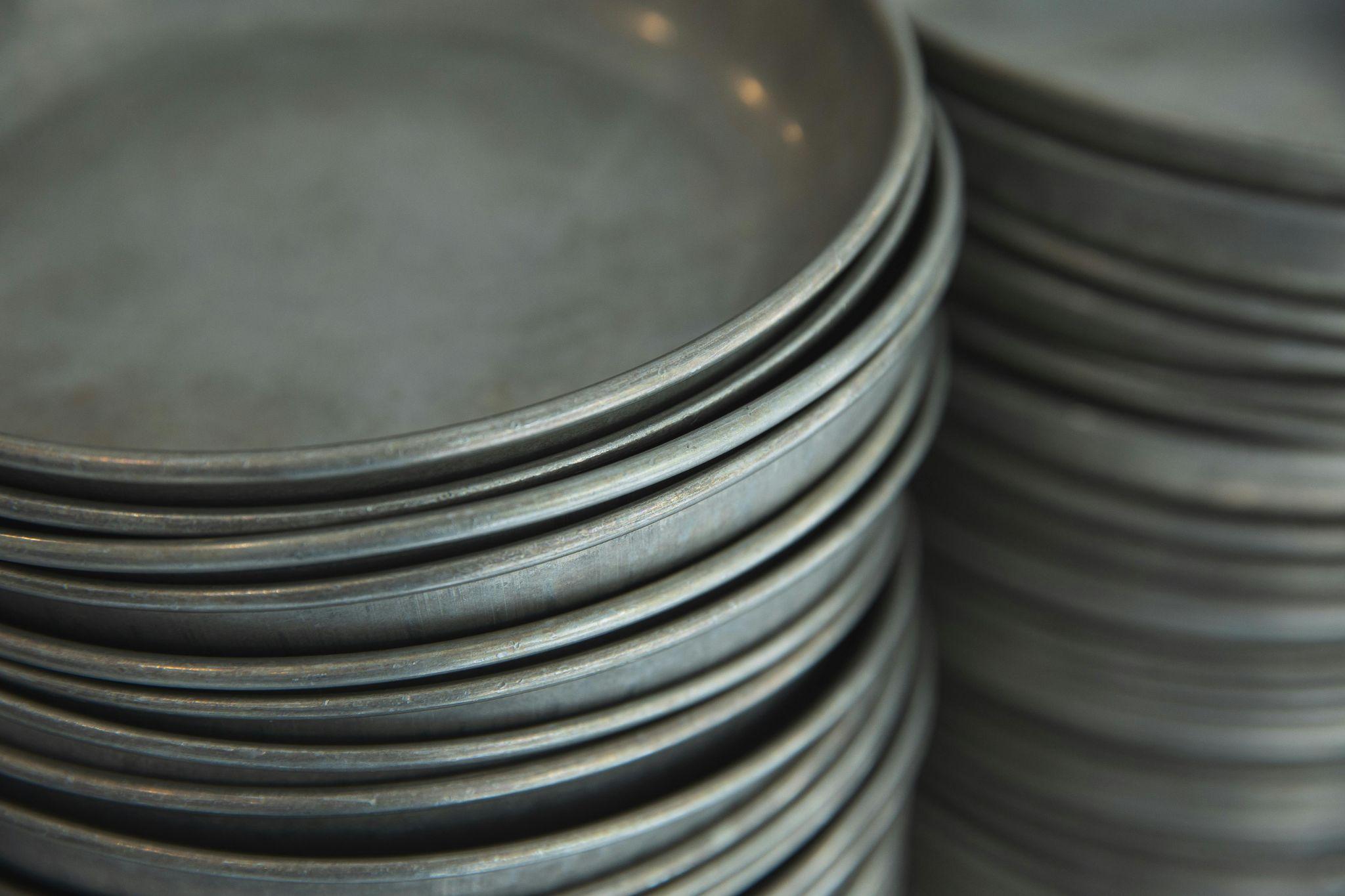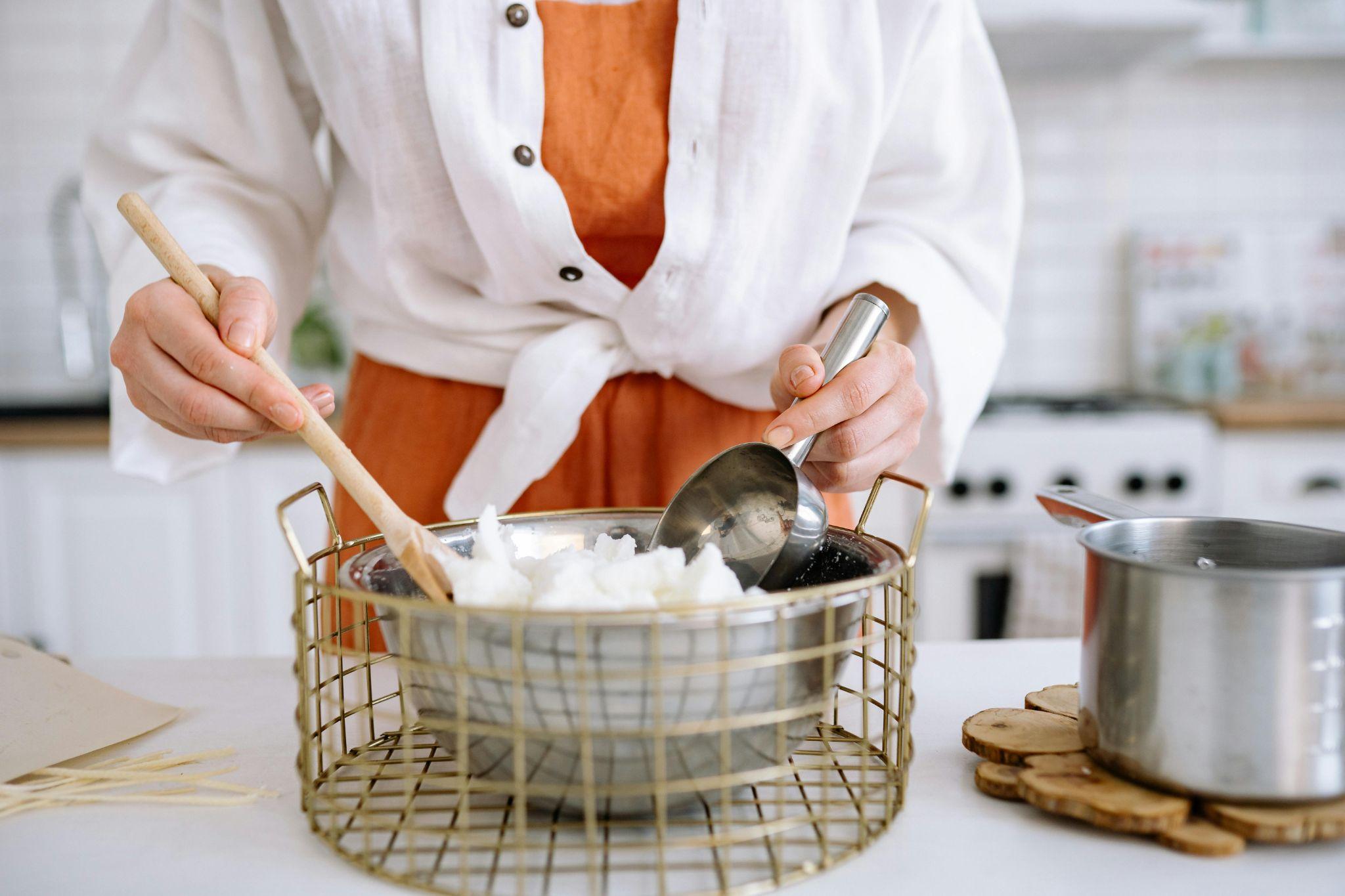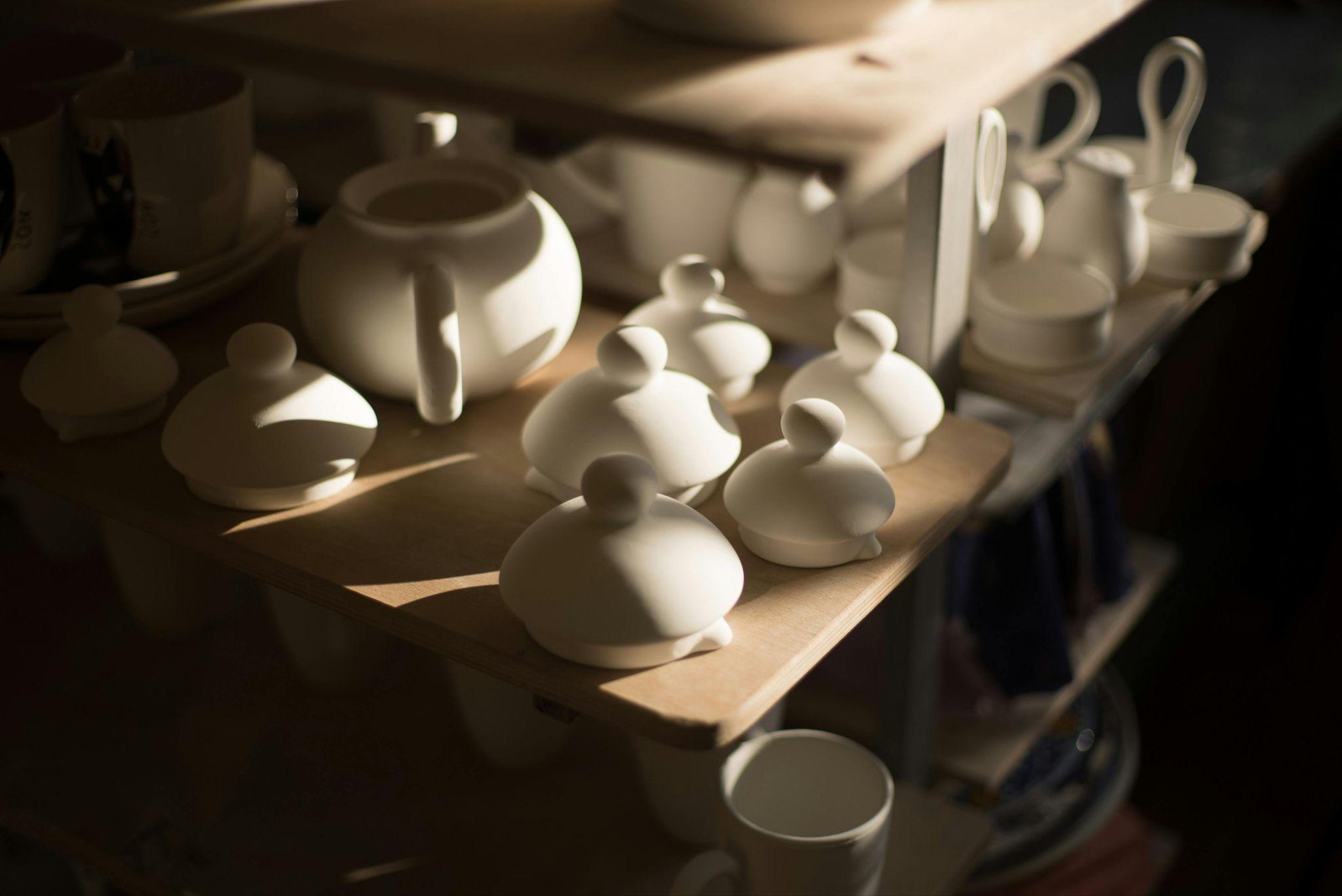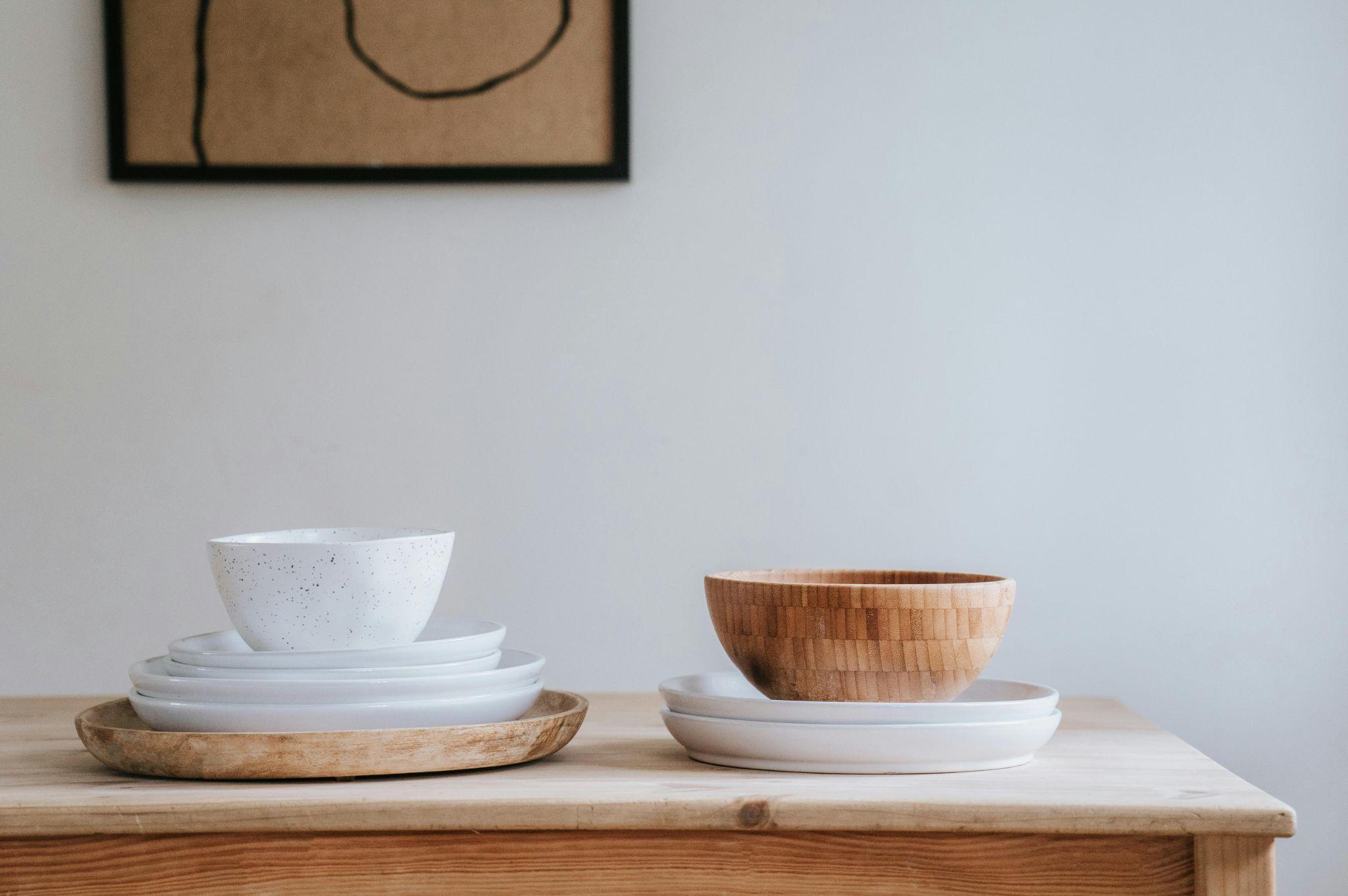Selecting the perfect cookware material for your cooking style is one of the most important decisions you’ll make in your kitchen. The material of your pots and pans directly impacts heat distribution, cooking performance, and ultimately the quality of your meals. Understanding how different materials behave with various cooking techniques will help you build a cookware collection that enhances your culinary skills rather than hindering them.
According to the Culinary Institute of America, professional chefs choose their cookware based on specific cooking applications, and home cooks should apply the same principle to achieve restaurant-quality results.
Why Material Matters in Cooking Performance
The material of your cookware fundamentally determines how heat moves through your pan, how it reacts with different ingredients, and how long your investment will last. Heat transfer efficiency varies dramatically between materials, affecting everything from searing capabilities to temperature control for delicate sauces.
Heat Conductivity vs Heat Retention
Different materials excel at either conducting heat quickly or retaining it for extended periods. Understanding this balance is crucial for matching cookware to your cooking style.
| Material | Heat Conductivity | Heat Retention | Best For |
|---|---|---|---|
| Copper | Excellent | Low | Precise temperature control |
| Aluminum | Very Good | Low | Even heating, lightweight |
| Carbon Steel | Good | Medium | High-heat cooking, woks |
| Stainless Steel | Poor | Medium | Versatile everyday cooking |
| Cast Iron | Poor | Excellent | Searing, braising, baking |
| Ceramic | Poor | High | Slow cooking, presentation |
Reactivity & Flavor Impact
Material reactivity with acidic ingredients can significantly affect both taste and food safety:
- Non-reactive materials (stainless steel, enameled cast iron, ceramic) won’t alter flavors or leach metals into food
- Reactive materials (unlined copper, aluminum, raw cast iron) can impart metallic tastes and potentially harmful compounds when used with tomatoes, wine, or citrus
- Properly seasoned cast iron develops a protective layer that reduces reactivity over time
- PTFE non-stick coatings are chemically inert but can release toxic fumes at high temperatures
Matching Cookware to Cooking Techniques

Each cooking method demands specific heat characteristics, making material selection crucial for optimal results. The right material can be the difference between perfectly seared protein and a disappointing, steamed result.
Searing & Browning
Cast iron and carbon steel reign supreme for high-heat searing due to their ability to reach and maintain extremely high temperatures:
- Cast iron retains heat exceptionally well, creating consistent browning
- Carbon steel heats quickly and responds rapidly to temperature changes
- Both materials develop natural non-stick properties when properly seasoned
- Thick construction prevents warping under high heat
- Excellent heat retention keeps food cooking even after removing from heat source
Sauce-Making & Deglazing
Stainless steel and copper excel at sauce preparation due to their responsive heat control and easy deglazing properties:
| Material | Deglazing Ease | Temperature Control | Cleanup |
|---|---|---|---|
| Stainless Steel | Excellent | Good | Easy |
| Copper | Excellent | Superior | Moderate |
| Cast Iron | Difficult | Poor | Difficult |
| Non-stick | Poor | Good | Easy |
Delicate Foods & Low-Fat Cooking
Non-stick and ceramic surfaces provide gentle cooking for eggs, fish, and health-conscious preparations:
- PTFE non-stick offers superior food release with minimal oil
- Ceramic coatings provide non-stick properties without PTFE concerns
- Both materials require lower cooking temperatures to preserve coating integrity
- Excellent for beginners who struggle with traditional cooking techniques
- Ideal for dietary restrictions requiring minimal added fats
Overview of Common Cookware Materials
Modern cookware manufacturing has evolved to offer numerous material options, each with distinct advantages and limitations. Understanding these differences helps you make informed decisions based on your specific cooking needs and preferences.
Stainless Steel (Clad vs Disk-Bottom)
Stainless steel remains the most versatile cookware material, available in two main constructions:
| Feature | Clad Construction | Disk-Bottom |
|---|---|---|
| Heat Distribution | Excellent | Good |
| Durability | Superior | Good |
| Price | Higher | Lower |
| Oven Safe | Very High Temps | Limited |
| Maintenance | Easy | Easy |
Stainless steel’s non-reactive surface makes it perfect for acidic ingredients, while its durability ensures decades of reliable service with proper care.
Cast Iron & Enameled Cast Iron
Cast iron cookware offers unmatched heat retention and versatility, transitioning seamlessly from stovetop to oven:
- Traditional cast iron requires seasoning but develops superior non-stick properties over time
- Enameled cast iron eliminates seasoning needs while maintaining excellent heat retention
- Both types excel at braising, baking, and maintaining steady temperatures
- Extremely durable construction can last generations with proper care
- Heavy weight provides stability but may be challenging for some users
Carbon Steel
Carbon steel combines the best aspects of cast iron and stainless steel, making it a favorite among professional chefs:
- Lighter than cast iron while maintaining excellent heat retention
- Develops natural non-stick properties through proper seasoning
- Responds quickly to temperature changes for precise cooking control
- Ideal for high-heat applications like stir-frying and searing
- Requires minimal maintenance once properly seasoned
Non-Stick & Ceramic
Modern non-stick technology offers two primary options for easy-release cooking:
| Feature | PTFE Non-Stick | Ceramic Non-Stick |
|---|---|---|
| Max Temperature | 500°F | 800°F |
| Durability | 2-3 years | 1-2 years |
| Food Release | Excellent | Good |
| Health Concerns | Potential at high heat | Minimal |
| Price Range | $20-100 | $30-120 |
Copper & Aluminum
Copper and aluminum provide exceptional heat conductivity but require special considerations:
- Copper offers the most responsive temperature control available
- Aluminum distributes heat evenly but may react with acidic foods
- Both materials often feature stainless steel lining to prevent reactivity
- Professional-grade copper cookware requires significant investment
- Aluminum variants offer budget-friendly options with good performance
Specialty Materials (Granite, Stoneware)
Specialized materials serve specific cooking applications:
- Granite cookware provides even heating with natural non-stick properties
- Stoneware excels at slow cooking and heat retention for presentation
- Both materials transition well from cooking to serving
- Limited versatility compared to traditional materials
- Often heavier and more fragile than metal alternatives
Maintenance & Longevity by Material

Proper care significantly impacts cookware lifespan and performance. Different materials require varying levels of maintenance commitment, from daily seasoning to simple dishwasher cleaning.
Cleaning & Seasoning Needs
Cast Iron Maintenance:
- Clean with hot water and stiff brush immediately after use
- Dry completely and apply thin oil layer
- Heat briefly to polymerize oil coating
- Store in dry environment to prevent rust
Stainless Steel Care:
- Allow to cool before washing with warm soapy water
- Use bar keeper’s friend for stubborn stains
- Dry immediately to prevent water spots
- Dishwasher safe but hand washing preserves finish
Non-stick Cleaning:
- Cool completely before washing
- Use gentle dish soap with soft sponge
- Never use abrasive cleaners or steel wool
- Hand wash only to preserve coating integrity
Durability and Lifespan
| Material | Expected Lifespan | Warranty Coverage |
|---|---|---|
| Cast Iron | Lifetime | Limited rust coverage |
| Stainless Steel | 20-30 years | 10-25 years typical |
| Carbon Steel | 15-25 years | 5-10 years typical |
| Non-stick | 2-5 years | 1-3 years typical |
| Copper | 30+ years | 10-20 years typical |
Budget & Value Considerations
Cookware represents a significant kitchen investment, but understanding cost-to-performance ratios helps optimize your budget allocation. Quality cookware pays dividends through improved cooking results and extended lifespan.
Setting a Cookware Budget
Budget Tiers and Quality Expectations:
- Entry Level ($100-300): Basic stainless steel or aluminum sets with adequate performance
- Mid-Range ($300-800): Quality clad stainless steel or professional-grade non-stick
- Premium ($800-2000): High-end clad construction, copper, or artisan cast iron
- Professional ($2000+): Restaurant-quality materials with superior heat distribution
Mixing vs Buying Sets
Individual Piece Benefits:
- Customize materials for specific cooking techniques
- Invest in quality where it matters most
- Replace worn pieces without complete set replacement
- Build collection gradually based on cooking evolution
Complete Set Advantages:
- Coordinated appearance and storage
- Better per-piece value in quality sets
- Comprehensive cooking capability from day one
- Simplified decision-making process
Health, Safety & Compatibility

Modern cookware safety considerations extend beyond basic functionality to include health implications and equipment compatibility. Understanding these factors ensures safe, effective cooking across all kitchen setups.
Non-Toxic and Allergen-Safe Choices
Healthiest Material Options:
- Stainless steel offers complete chemical inertness with proper quality
- Cast iron provides natural non-stick properties without synthetic coatings
- Ceramic surfaces eliminate concerns about coating degradation
- Glass cookware ensures zero reactivity with any ingredients
- Enameled surfaces combine safety with easy maintenance
Stovetop Compatibility (Induction, Gas, Electric)
| Material | Induction | Gas | Electric | Ceramic Top |
|---|---|---|---|---|
| Stainless Steel | ✓ | ✓ | ✓ | ✓ |
| Cast Iron | ✓ | ✓ | ✓ | ✓ |
| Carbon Steel | ✓ | ✓ | ✓ | ✓ |
| Aluminum | ✗ | ✓ | ✓ | ✓ |
| Copper | ✗ | ✓ | ✓ | ✓ |
Choosing Cookware Based on Your Cooking Habits
Your cooking frequency, preferred techniques, and lifestyle directly influence optimal material selection. Matching cookware to actual usage patterns ensures maximum satisfaction and value from your investment.
For Busy Weeknight Cooks
Low-Maintenance Material Priorities:
- Non-stick surfaces for quick cleanup and minimal oil usage
- Stainless steel for dishwasher-safe convenience
- Multi-ply construction for even heating without constant attention
- Lightweight options for easy handling during rushed meal preparation
- Versatile pieces that transition from stovetop to oven seamlessly
For Home Chefs & Entertainers
Performance-Focused Selections:
- Cast iron for impressive searing and presentation capabilities
- Copper for precise temperature control during sauce preparation
- Carbon steel for professional-level stir-frying and sautéing
- Quality stainless steel for reliable braising and stock preparation
- Specialized pieces for specific techniques and impressive results
For Health-Focused Homecooks
Clean Cooking Material Priorities:
- Ceramic and stainless steel for chemical-free cooking surfaces
- Cast iron for natural non-stick properties without synthetic coatings
- Materials that perform well with minimal added fats
- Easy-to-clean surfaces that discourage processed food preparation
- Durable options that eliminate frequent replacement needs
Practical Decision Flowchart
Making cookware decisions becomes manageable when following a systematic approach that considers your primary cooking methods, maintenance preferences, and budget constraints.
Start with Your Primary Cooking Method
Initial Assessment Questions:
- Do you primarily sear, sauté, or slow-cook?
- How often do you cook acidic ingredients?
- What’s your comfort level with maintenance requirements?
- Are you cooking for one or feeding a family?
Balance Maintenance and Budget
Decision Tree Continuation:
- High maintenance tolerance + large budget: Consider copper or premium cast iron
- Low maintenance preference + moderate budget: Choose quality stainless steel
- Minimal maintenance + tight budget: Select non-stick or basic aluminum
- Balanced approach: Mix materials based on specific cooking needs
Conclusion
Selecting the right cookware material for your cooking style requires balancing performance needs, maintenance capabilities, health considerations, and budget constraints. Understanding how different materials behave with various cooking techniques empowers you to build a cookware collection that enhances your culinary skills rather than limiting them. Whether you’re a busy weeknight cook seeking convenience or a passionate home chef pursuing perfection, matching your cookware materials to your actual cooking habits ensures years of satisfying kitchen experiences. The investment in quality, appropriate cookware pays dividends through improved cooking results, enhanced food safety, and long-term value that makes every meal preparation more enjoyable and successful.

